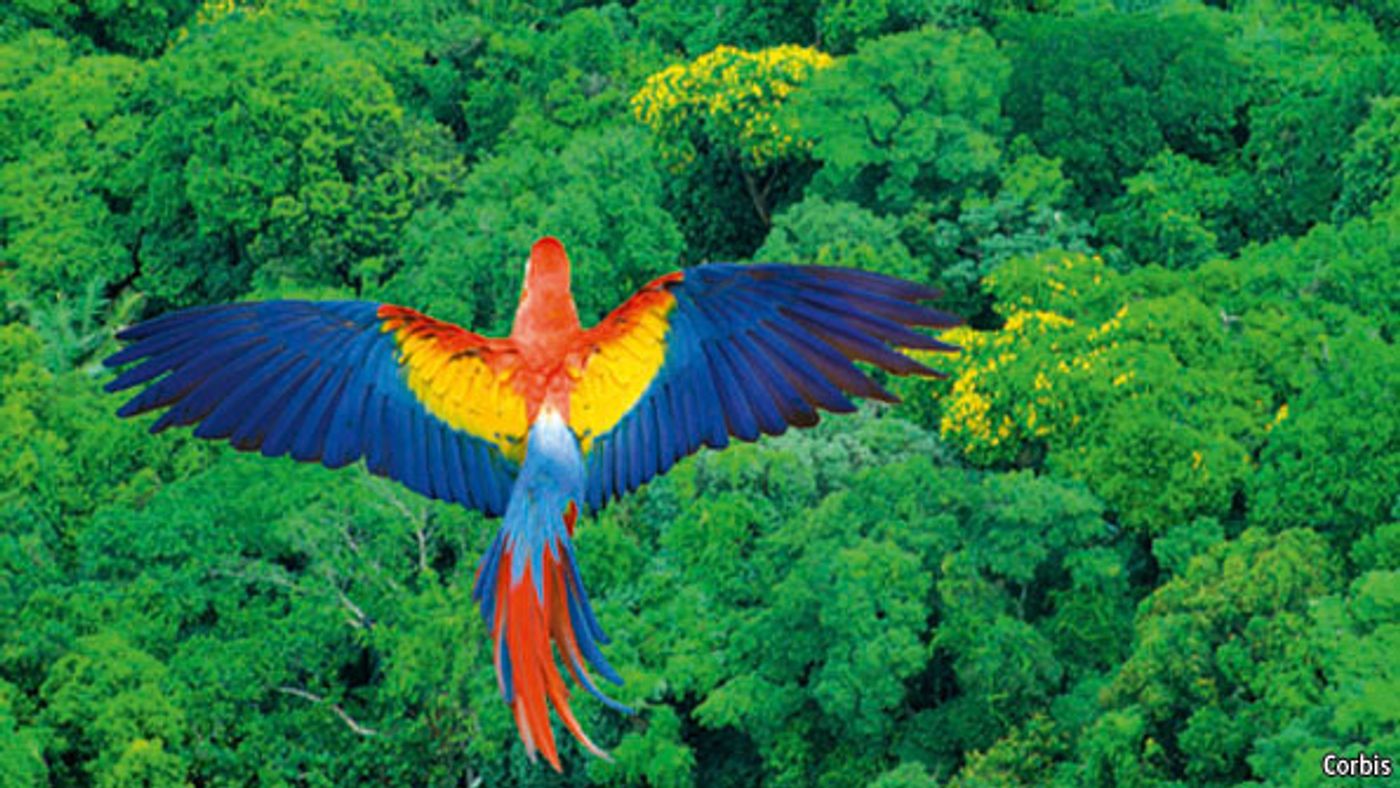Deforestation in the Amazon: There may be no going back
Can you imagine the world without the Amazon rainforest? It’s an image that none of us want to see, and yet the reality of it may be inevitable. A piece published in the journal Science Advances cautions that deforestation in the Amazon may be on the brink of a point of no return and that our world’s beloved rainforest could turn into savanna.
Previous studies in the Amazon have helped to understand its unique and complex ecosystem, which supports the most biodiversity in the world. One aspect of the biome is that it produces roughly one half of its own rainfall. This occurs when trees undergo the process of transpiration and release moisture in the air. Because of the immeasurably vast number of trees in Amazonia, this process releases a huge amount of moisture into the air and can form small clouds over the rainforests, and in turn, really make it rain.
But the editorial asks if the rainforest will be able to continue this unique rain-making process that drives its ecosystems without all the trees. In their own words, co-authors Thomas Lovejoy, a professor at George Mason University in the United States, and Carlos Nobre, chair of Brazil's National Institute of Science & Technology (INCT) for Climate Change, say that "The Amazon system is close to a tipping point." The urgency of this statement is not overemphasized.
Based on calculations from a 2016 study published in PNAS, the authors write that with the combination of climate change, deforestation, agricultural burning, and clearing for cattle pastures, the point-of-no-return for Amazonia will be when 20-25% of the region has been deforested. Older studies had estimated this number to be at 40%, but due to the culmination of so many drastic factors which have become more consumptive since the 1970s, that number has been adjusted.
It’s at that percentage, say the co-authors, when the hydrological cycle will be so impacted that vegetation will turn from rainforest ecosystems to savanna, covered with shrubs instead of trees.
"If there were no human activity in the Amazon, a megadrought would cause the loss of a certain number of trees, but they would grow back in a year with abundant rainfall, restoring the forest to equilibrium. When you have a megadrought combined with widespread use of fire, the forest's capacity for regeneration diminishes," said Nobre.
Brazil, the nation which holds the largest area of Amazonia in its boundaries, promised to reforest 12 million hectares by 2030 in the Paris climate agreement. Nobre says if Brazil keeps this promise, in addition to halting deforestation completely, “totally deforested areas will account for approximately 16%-17% of the Amazon by 2030”. That’s close to the tipping point - but might just be enough to stave it off. But to do so, action is needed now! The authors suggest building a “safety margin” zone that could act as a buffer to deforestation, thus protecting intact forests.
Sources: Science Daily, Science Advances









